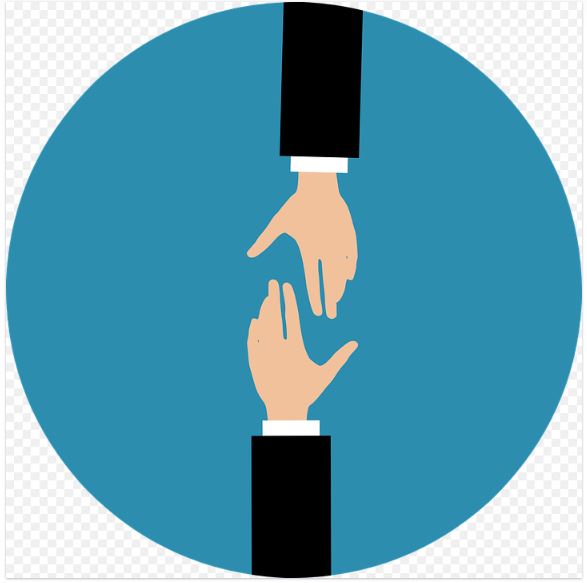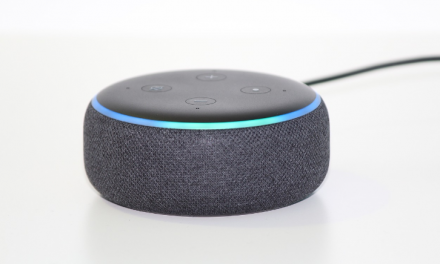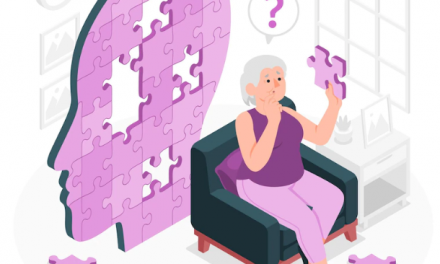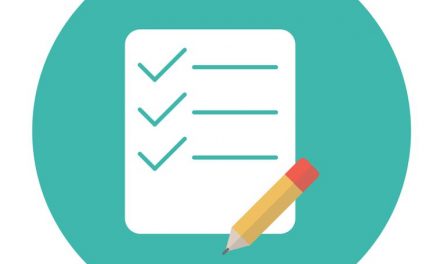Obesity can present challenges in day to day activities and self care that health care providers may not think to ask about, and people with obesity may even be afraid to talk about, for fear of being stigmatized about their weight. For some people who carry excess weight, it can take more time to complete daily living activities like bathing, getting dressed, and moving from place to place.
This chapter of the 2020 Canadian Adult Obesity Clinical Practice Guidelines draws important attention to the impact of obesity on daily life, with many important messages for people with obesity and their health care providers. Here are some of the highlights:
Are you having trouble with any self-care activities such as bathing, getting dressed, bowel and/or bladder management, skin care, wound care, or foot care? Talk to your health care provider about these concerns (and health care providers, remember to ask).
Fall risk is higher in people who carry excess weight, especially in older people. Fear of falling could interfere with the ability and interest in participating in physical activity. Be sure to let your healthcare practitioner know if you have had a fall or are fearful of falling as you go about your day to day activities. Health care providers: it is recommended to assess fall risk in people living with obesity.
Is there any mobility impairment (difficulty moving around)? Interestingly, the best predictor of mobility impairment is not weight or BMI, but rather, bilateral hand grip strength. Alternatively, ask if your patient has trouble climbing one flight of stairs, or walking 400m (flat) in 15 minutes without sitting to rest.
Skin problems are common due to moisture and friction in skin folds, and difficulty with reaching to clean the skin. This is common under breasts, limbs, groin, abdomen, and thighs. There can be dryness, itchiness, broken skin, redness, rashes, yeast infections, bacterial infections, or ulcers. Skin breakdown or ulcers can form at pressure points. Strategies to keeping skin healthy include keeping the skin clean and dry, using a cotton cloth to absorb excess moisture, and drying skin with a fan or blow dryer on the coolest setting.
Tools that can help with activities of daily living include: bath seats, dressing aids, long shoe horns, walking support (eg walker), long handled reachers, dressing sticks, sock aids, bath sponges, and more.
For health care providers, make sure your clinic is accessible and comfortable for people of all body shapes and sizes. Is your waiting room free of weight stigmatizing magazines? Do you have seating, gowns, blood pressure cuffs, weight scales, and examination tables sized appropriately? See Table 1 in the chapter for a super checklist.
Also, check out the helpful tables to guide on when to refer a patient to occupational therapy or physiotherapy.
NOTE: This blog is not intended to be a full synopsis of the chapter. There is a wealth of information in this chapter that is beyond the scope of one blog post. I encourage everyone to read the recommendations and key messages in full, and to dig in to the entire chapter!
Stay tuned for much more on the Obesity Guidelines in coming weeks!
Share this blog post using your favorite social media link below!
Follow me on twitter! @drsuepedersen
www.drsue.ca © 2020












